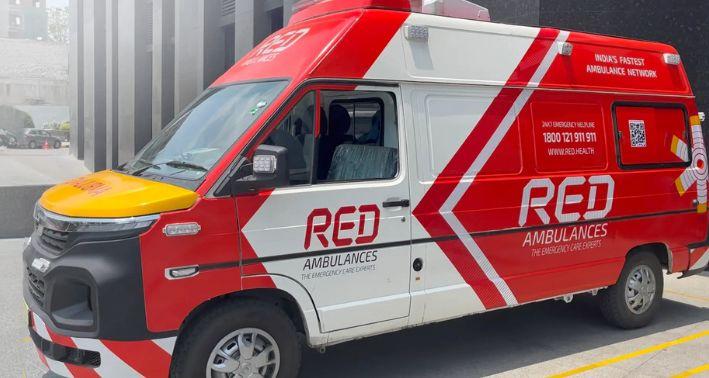In 2025, the ambulance services sector is undergoing significant transformation, driven by technological advancements, evolving healthcare demands, and regulatory shifts. This comprehensive overview delves into the current landscape of emergency and private ambulance services, highlighting key trends, innovations, and considerations for stakeholders in the industry.
Understanding Ambulance Services
Ambulance services are critical components of the healthcare system, providing rapid medical assistance and transportation to individuals in need. These services are broadly categorized into:
-
Emergency Ambulance Services: Designed for urgent medical situations, these services offer immediate response and are equipped with advanced life support systems.
-
Private Ambulance Services: Operated by private entities, these services cater to both emergency and non-emergency needs, often providing specialized care and transportation options.
Key Trends Shaping the Industry
1. Technological Advancements
The integration of cutting-edge technology is revolutionizing ambulance services:
-
Telemedicine Integration: Ambulances are now equipped with telemedicine capabilities, allowing paramedics to connect with hospital specialists in real-time, facilitating immediate diagnosis and treatment decisions.
-
Advanced Medical Equipment: Modern ambulances are outfitted with state-of-the-art medical devices, including automated external defibrillators (AEDs), portable ventilators, and advanced monitoring systems, enhancing patient care during transit.
-
Electric and Hybrid Vehicles: The shift towards sustainable transportation has led to the adoption of electric and hybrid ambulances, reducing carbon emissions and operational costs.
2. Rise of Private Ambulance Services
Private ambulance services are gaining prominence due to their flexibility and specialized offerings:
-
Customized Care: Private providers offer tailored services, including advanced life support (ALS) and basic life support (BLS) options, catering to diverse patient needs.
-
Operational Efficiency: With streamlined operations and advanced logistics, private services often ensure quicker response times and enhanced patient experiences.
3. Regulatory Developments
Governments are implementing policies to enhance ambulance service quality and accessibility:
-
Standardization of Services: Regulatory bodies are establishing guidelines to ensure uniformity in service delivery, equipment standards, and personnel training.
-
Public-Private Partnerships: Collaborations between government agencies and private providers are expanding service coverage, especially in underserved regions.
Innovations Driving the Future
1. Autonomous Ambulances
The development of autonomous ambulance vehicles is poised to transform emergency medical services:
-
Enhanced Response Times: Autonomous ambulances can navigate traffic efficiently, potentially reducing response times by up to 20% in congested urban areas.
-
Operational Efficiency: These vehicles can operate continuously without fatigue, ensuring consistent service availability.
2. AI and Data Analytics
Artificial intelligence and data analytics are being leveraged to optimize ambulance services:
-
Predictive Dispatching: AI algorithms analyze historical data to predict high-demand areas, enabling strategic ambulance positioning.
-
Real-Time Monitoring: Advanced analytics facilitate real-time tracking of ambulance fleets, improving coordination and resource allocation.
Challenges and Considerations
Despite advancements, the ambulance services sector faces several challenges:
-
High Operational Costs: The acquisition and maintenance of advanced medical equipment and vehicles require significant investment.
-
Workforce Shortages: There is a growing demand for skilled emergency medical technicians (EMTs) and paramedics, necessitating focused recruitment and training efforts.
-
Cybersecurity Risks: As services become more digitized, protecting patient data and system integrity against cyber threats is paramount.
Conclusion
The ambulance services industry is at a pivotal juncture, with technological innovations and evolving healthcare needs driving significant changes. Embracing these advancements while addressing operational challenges will be crucial in delivering efficient, high-quality emergency medical care. Stakeholders must continue to collaborate, innovate, and adapt to ensure the resilience and effectiveness of ambulance services in the years to come.
